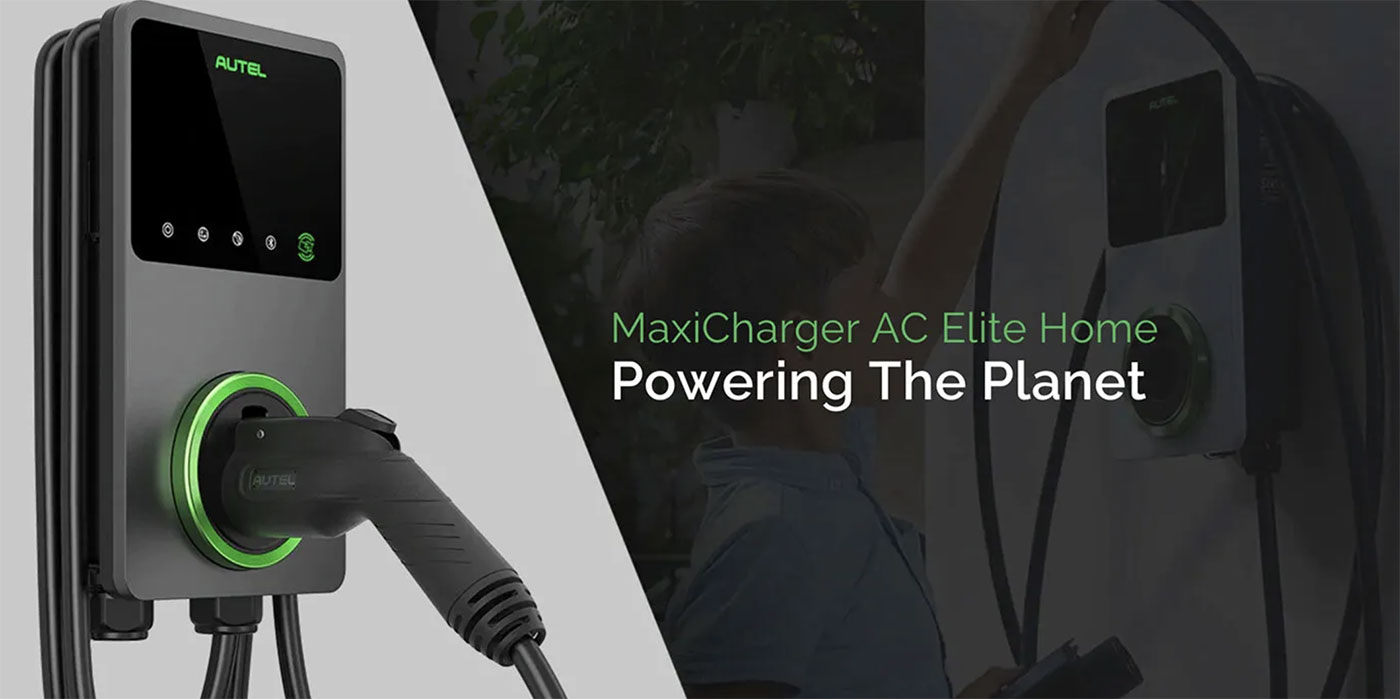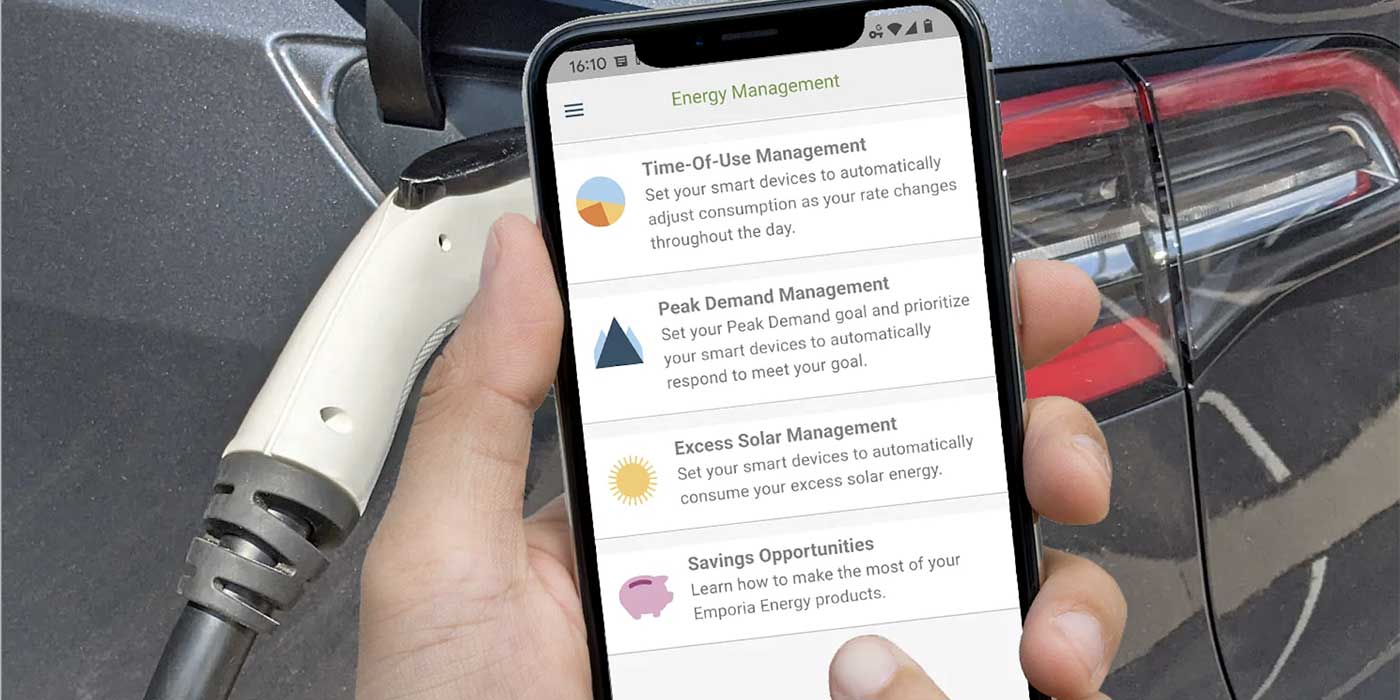If you had $62 billion burning a hole in your pocket, it’s fair to say you have options. You could invest in 248,000 quarter-million-dollar homes; you could park at the Cleveland airport for 3.1 billion nights; or, maybe you’re the type to throw down for 124 million Playstation 5s with the disc drive for playing physical media. That’s a lot of couch co-op.
But there’s another option: You could fund the world’s global EV charging market – and if you don’t delay, you might even still have some cash left for a few nights worth of airport parking. Because $62 billion is what the global EV charging market is expected to be worth in 2025.
Now, this number is based on a recent MoneyTransfers.com analysis, and researchers say one of the biggest factors pushing this growth in EV infrastructure investment is just the fact that EVs are now easier to come by than ever before in the consumer world. In 2021, global EV sales topped 6.3 million units – with some sources claiming it’s even higher at 6.6 million – and this figure is projected to cross the 14 million mark by 2025. More EV demand means – you guessed it – more charging station demand.
The fun thing about high demand is that it directly correlates with opportunities for advancement.
Most fast-charging DC stations being installed today are in 100-plus kilowatt power classes, but right now there aren’t nearly as many as you’ll find of slower Level 1 and Level 2 chargers. But, researchers at IDTechEx estimate that by 2032, these faster chargers will double and take up roughly 44% of the market share.
One reason for this is because today, chargers in the 270 kilowatt or 350 kilowatt categories become much more limited on the vehicles they can power – typically more expensive vehicles like the Porsche Taycan, Audi e-Tron GT, BMW iX, and Lucid Air, to name a few. However, in the future, more vehicles, more cheaply, will be produced that are capable of accepting this amount of power that quickly.
But, in theory, the inability for vehicles to accept this amount of power doesn’t matter much since these chargers can just throttle their power and voltage levels down to suit most EV models. Because of this, there is the argument that we might as well just install these high-power chargers all over the place NOW… but it isn’t really that easy in reality. There are grid constraints, higher hardware and installation costs, and limited interoperability at a hardware level.
There is an intriguing path for the market to explore, though, which would make installing DC fast charging everywhere less of a headache: Infrastructure as a service.
This would entail rolling out integrated battery-storage-based fast-charging stations that require no civil engineering work or adjustments to the grid connection. These stations would work by coupling the charging station with a buffer battery, which would not only expand the possibilities when it came to installation locations, but it would be much easier on our already-established electricity grid.
Obviously this type of installation comes with its own set of problems, especially surrounding the battery unit, but the question is, do those outweigh the problems of standard grid-based installations?
Partnerships already exist to attempt to find out, like those between Volkswagen and German utilities company E.ON, and Jolt Energy and American engineering firm AECOM. These partnerships are producing integrated battery-based charging units that offer up to 150 kilowatts of charging power per unit on average, although they are young, so far these projects have shown there is at least some viability for a potential new business model here. Now, will it catch on? We’ll have to wait and see.













